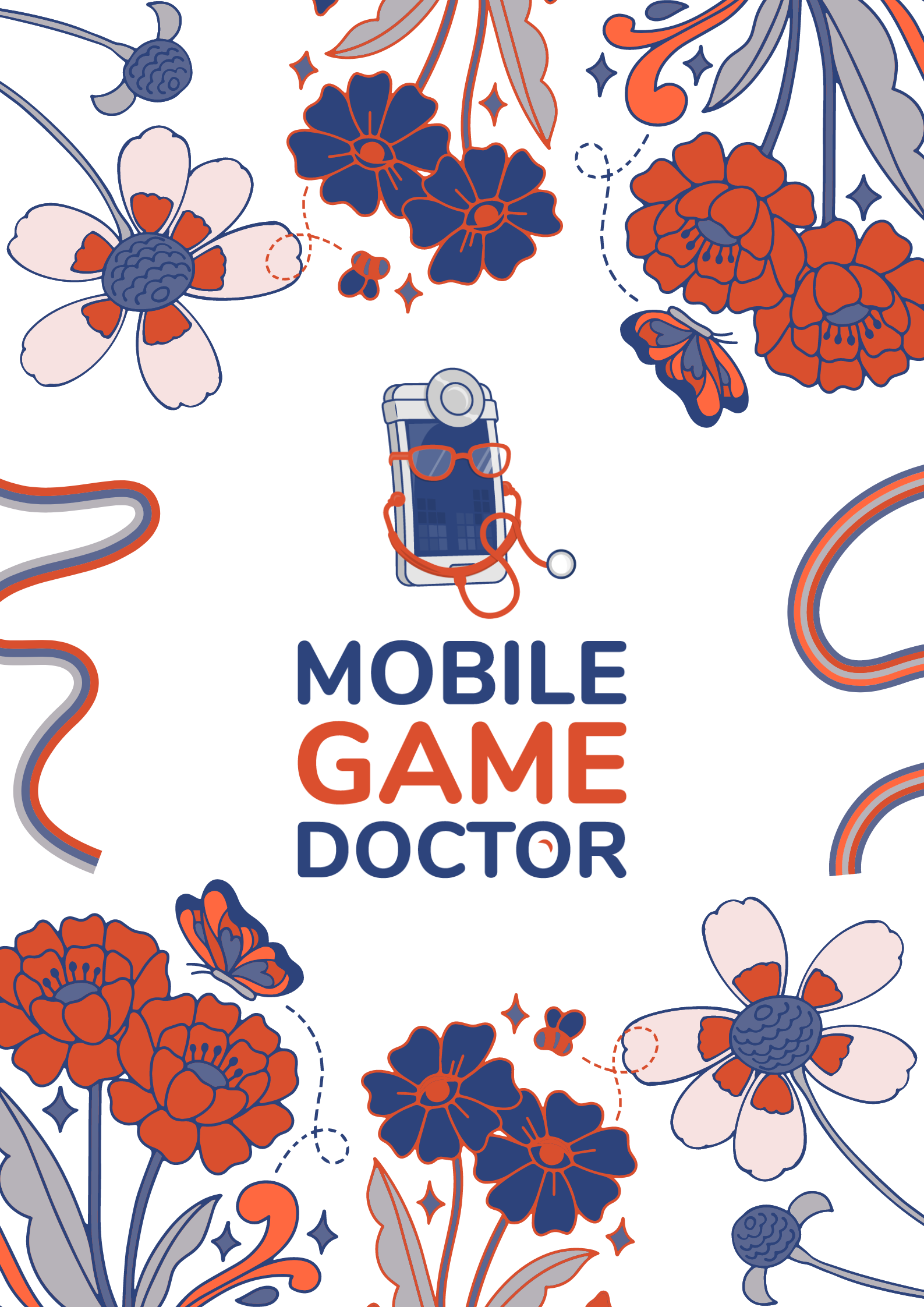Appmagic Response to GDC
Appmagic Response to GDC

Once again it’s a pleasure to work with the team at AppMagic and see the valuable insights that they bring from impressive in-depth research of market trends. This time, of course, we see that the mobile market has been dealing with some headwinds and for the first time in 15 years has seen a sustained dip in its performance. Prevailing industry wisdom has shifted significantly against mobile’s perpetual-growth narrative. Many worry that the party is over, so to speak, and whether they should move onto other markets entirely (such as Web3, Steam, etc).
But we advise caution against that sort of angst. There are clearly some winners and losers in the current landscape, and in particular a prevailing worry among smaller developers that user acquisition opportunities have become less obvious to find. Yet in examining how certain genres have performed (as well as looking at some other recent titles like Whiteout Survival), it seems to us that not only will mobile remain the largest sector of the games industry. It will innovate its way back to growth, and probably more quickly that most might realize.
As with previous reports, here are some key observations:
Observation 1: The Mobile Gamer Is Not Becoming More “Core”
One of the more interesting things to note about in the AppMagic report is that there are both clear examples of genres populated by incumbents, and where growth is prospering in new genres the actual games doing so are still straightforwardly casual. Successful game themes are still generally broad and the mix of mechanics still generally user friendly (even if their inspiration might come from more complex beginnings, such as Frostpunk to Frozen City).
We do not detect that there is any significant sophistication or genre-specific consumer choice happening within the mobile market (and there may never be), nor that the mobile audience is maturing along the same lines typically seen in PC or console spaces. Rather the most direct line of appeal for games to audiences is still good clear mechanics, compelling theme and a recognizable brand.
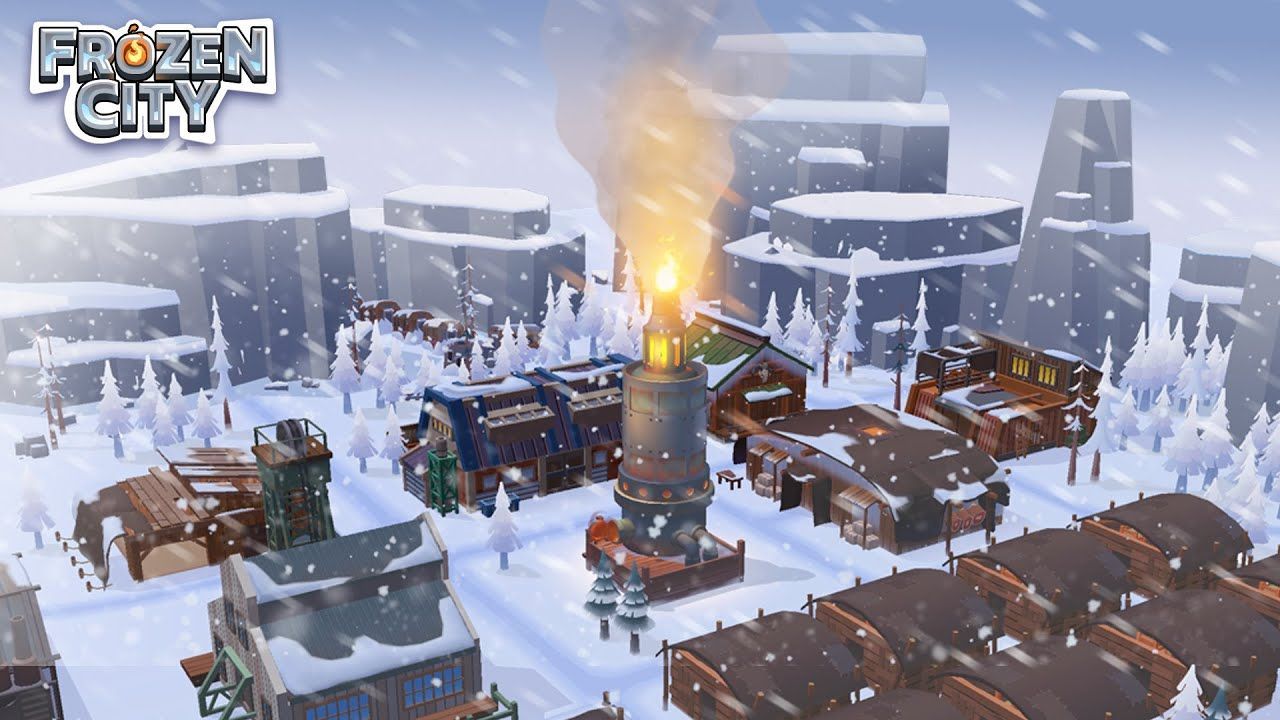
Observation 2: Visuals Increasingly Matter
While the standard of expected graphics in mobile is nowhere near as punishing as in AAA (or even indie PC), there is a soft increase in graphics expectations across the market. Newer entrants into genre spaces typically have to come in at a higher level in terms of character, animation and overall visual “juiciness”, and this is forming a soft barrier for many would-be entrants.
It is particularly noticeable in genres where there is new growth (such as Match 3D), while in genres that have had no growth often many of the newer entrants are not really defining themselves strongly in terms of theme or game characters.
It is difficult to directly measure what kind of impact factors like this tend to have (and it doesn’t necessarily mean “your game has to go full 3D”, as titles like Isekai: Slow Life show). What it means is that planning for visual execution to a higher standard is probably something that should be more closely factored into game production going forward, even for liveops planning etc.
Observation 3: Marketing Marketing Marketing
As we identified in the previous report response, very often the true problem that entrants into the market have is not really about their product. It’s about having no plan or resources to aggressively market. It’s simply a reality all across mobile at this point, with high end studios like Scopely leading the way on innovative marketing (especially through TikTok) as well as traditional advertising channels.
As ever, where and how to efficiently market is always a moving target, and every playbook is in constant state of evolution and refinement. The cited example in the AppMagic report of Alice’s Dream: Merge Island is a good case in point, overtaking the genre founder EverMerge with what looks like a better marketing plan.
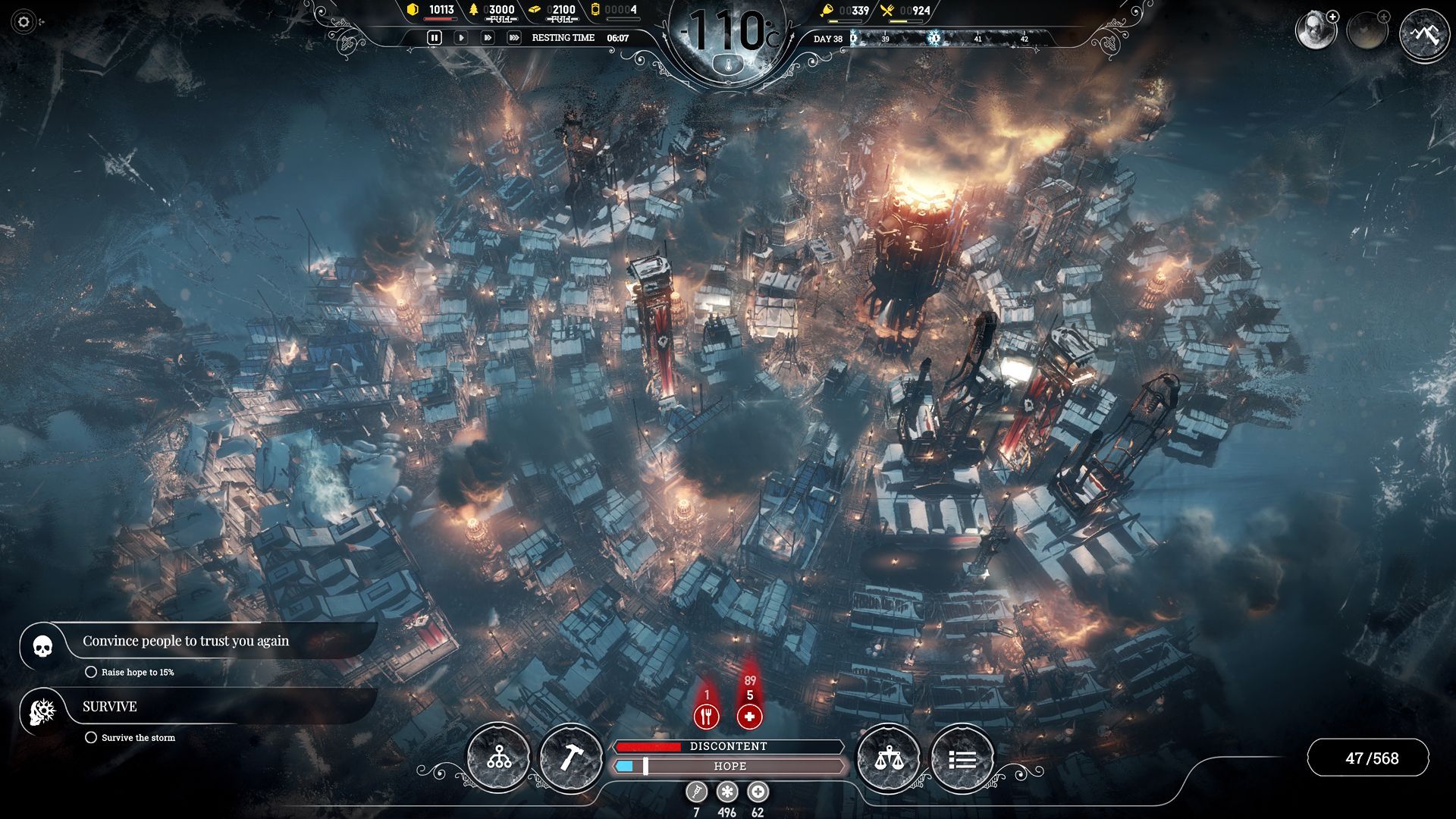
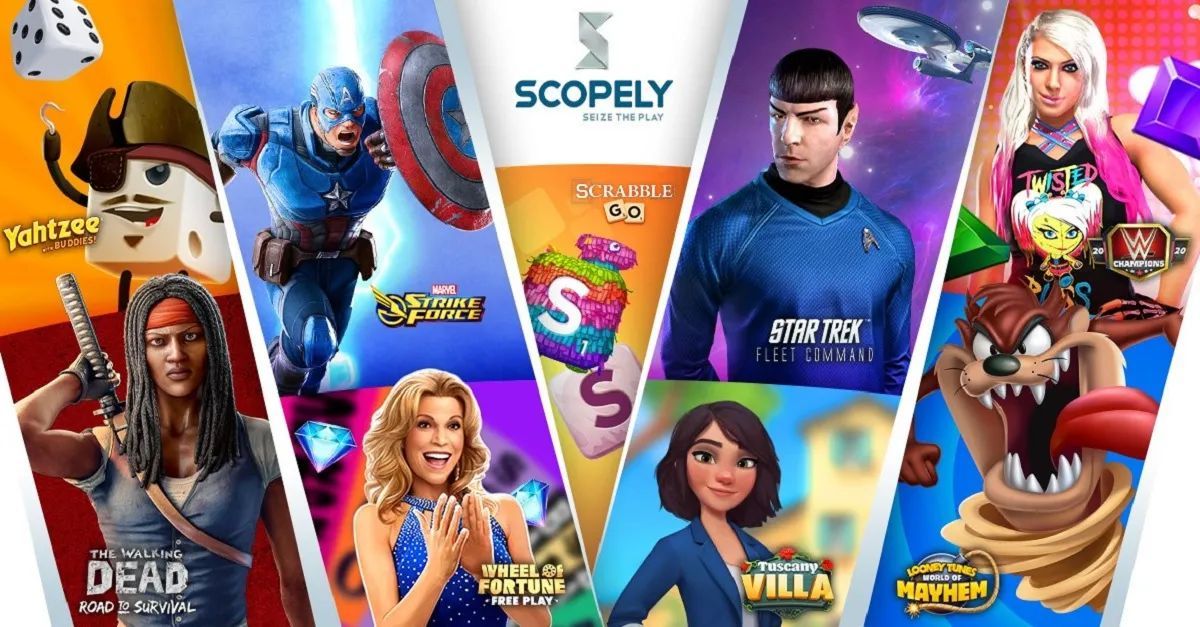
Observation 4: No Obvious Next Genre
What’s clear from the five genres analyzed for the AppMagic report is that there is no clear winner. Most of the success rates in growth for each are quite small and each is successful according to a different criteria:
What to pick? Personally I would tend to favor the idle tycoon genre if approached well.
It is difficult to build a differentiated product for anything in match or merge genres because they all tend to look very similar, and I think more challenging to build any true sense of a brand (and it should be noted that Monopoly Go, the biggest success of last year, is not a match game).
In terms of signature visuals, differentiated themes and narrative, and opportunities for cleverer monetization, idle tycoon titles are a generally more fertile ground. Moreover they are not as easy for competitors to fast follow (because of the generally heavy system design and balance) and liveops often feels less “forced” in such games as compared to others.
Genre growth in downloads raised 13% after all, and one title within the genre quickly accelerated to success. For me this looks like where I’d put smart development funding in 2024-25.


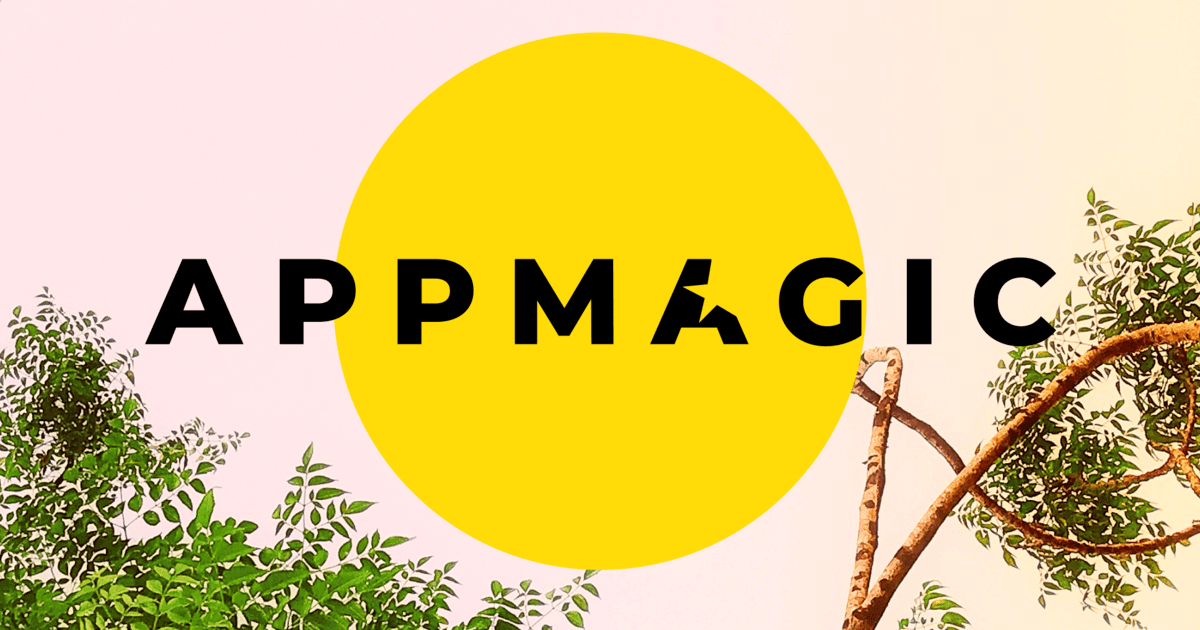
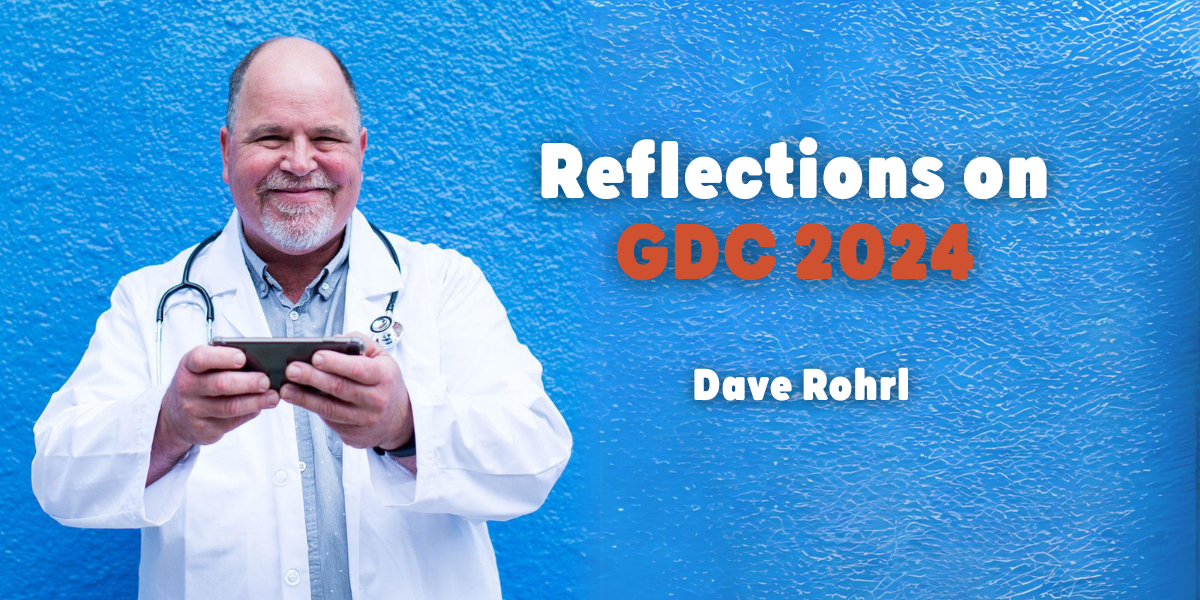
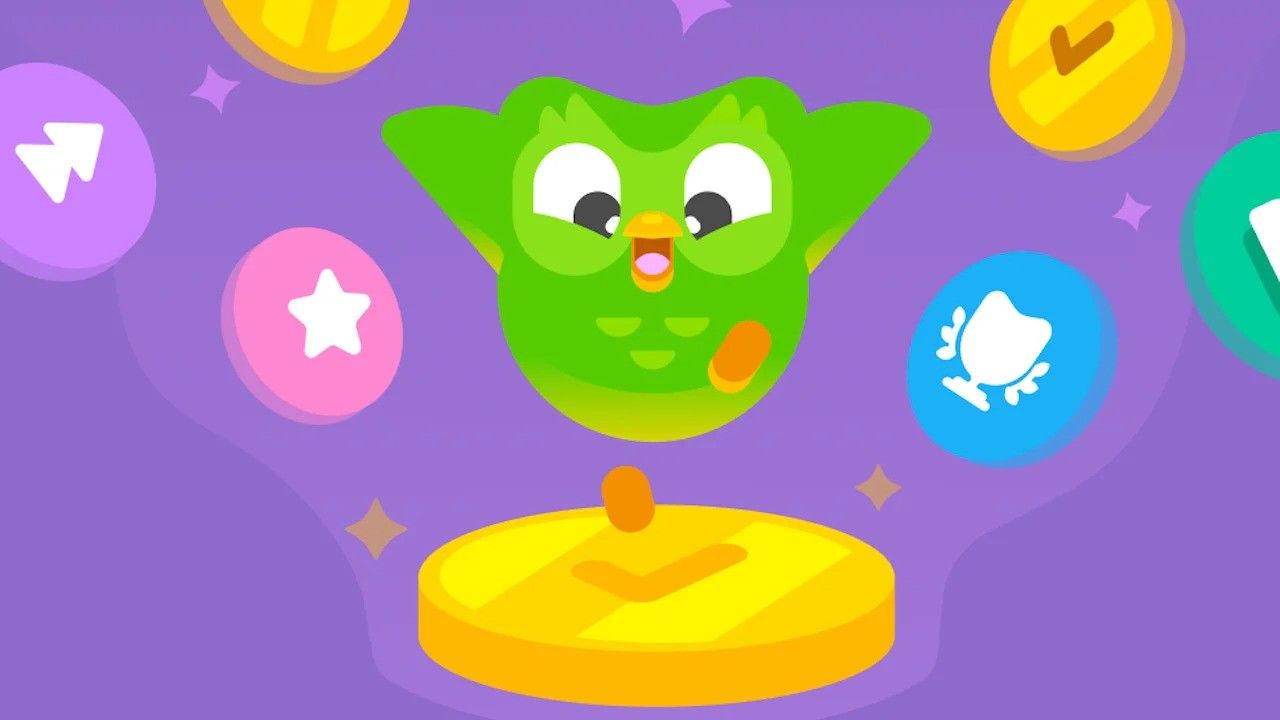
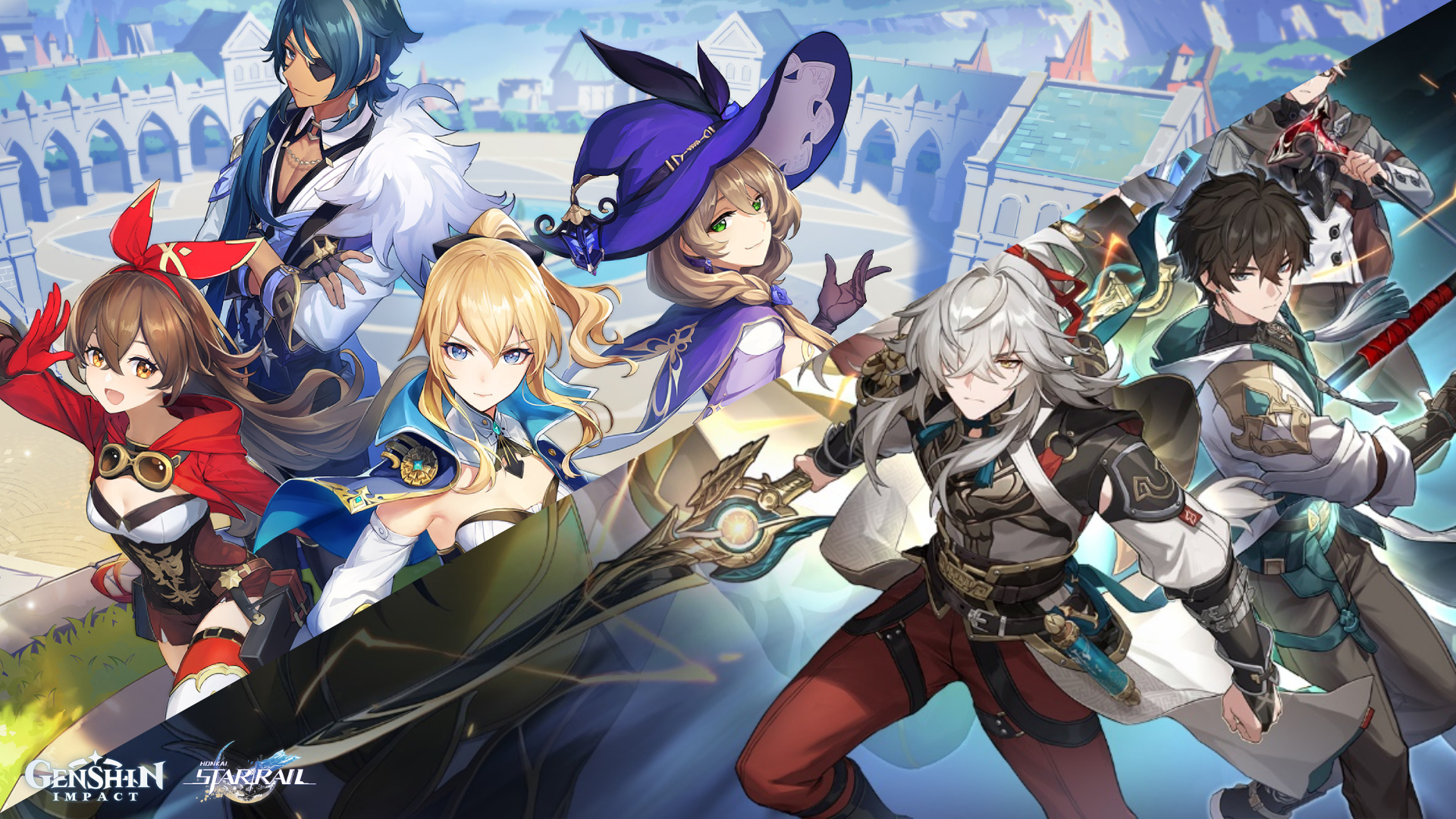
Quick Links
Services
Join Our Newsletter
We will get back to you as soon as possible.
Please try again later.
All Rights Reserved | Mobile Game Doctor | Accessibility | Privacy Policy | Terms & Conditions


